7 Tips to Know Before Buying Easiest Indoor Plants
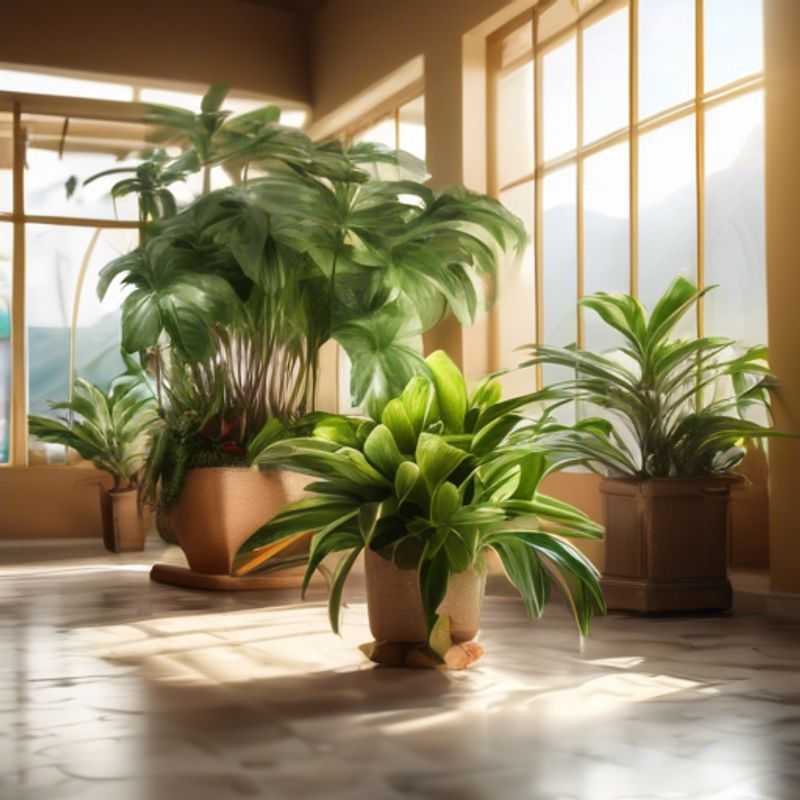
7 Essential Tips to Know Before Buying Indoor Plants
Hey there, plant enthusiasts! Bringing a little greenery indoors can be a fantastic way to brighten your space, improve air quality, and even boost your mood. But before you rush out and grab the first leafy friend you see, there are a few key things to consider to ensure your indoor plant journey is a success. Think of it as a little pre-flight checklist for your green companions!
1. Choose low-maintenance plants that are suitable for your living space:
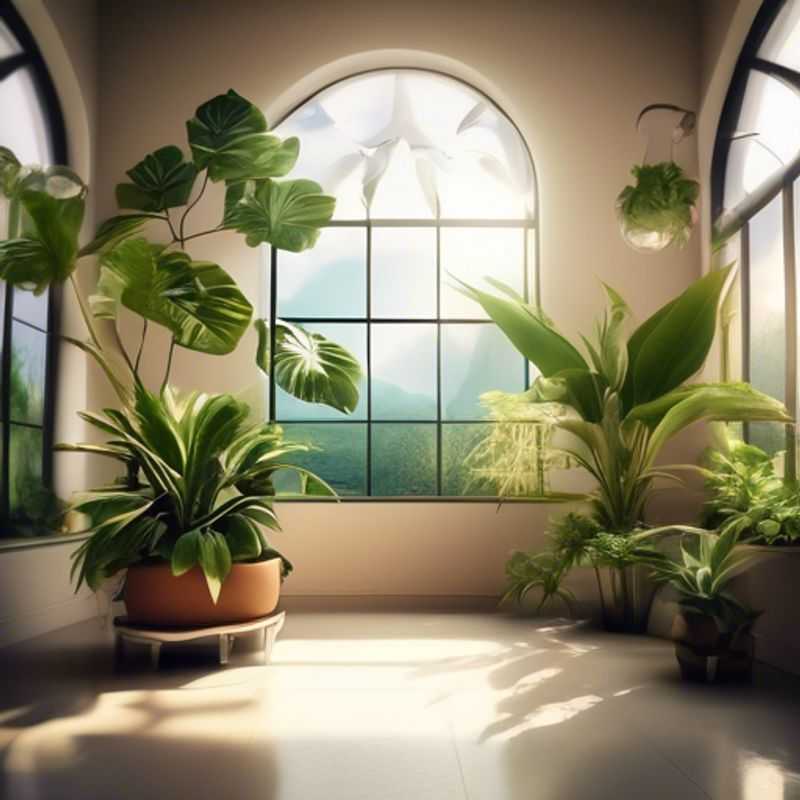
Low-Maintenance Plants for Busy Lifestyles: Green Thumbs Not Required
Choosing low-maintenance houseplants can be a great way to bring life and beauty into your home without the need for constant attention. Here are some tips for selecting the right plants for your living space:
Consider your living space:
Assess the amount of natural light your home receives, the humidity levels, and the temperature. Different plants have different needs, so choose plants that thrive in your specific conditions.
Choose plants that are known for being low-maintenance:
Some popular options include Snake Plants, ZZ Plants, Cast Iron Plants, and Peace Lilies. These plants are known for their tolerance to neglect and can handle a variety of conditions.
Don't overwater:
Overwatering is one of the most common mistakes people make when caring for houseplants. Check the soil moisture before watering, and only water when it is dry to the touch.
Provide adequate light:
Most plants need some sunlight, but the amount varies. Research the specific light requirements of the plants you choose.
Fertilize occasionally:
Houseplants benefit from occasional fertilization, but don't overdo it. Follow the instructions on the fertilizer packaging for best results.
Be patient and observant:
Even low-maintenance plants need some care. Be observant of your plants, and address any issues promptly. With a little attention, you can enjoy the beauty of indoor plants for years to come.
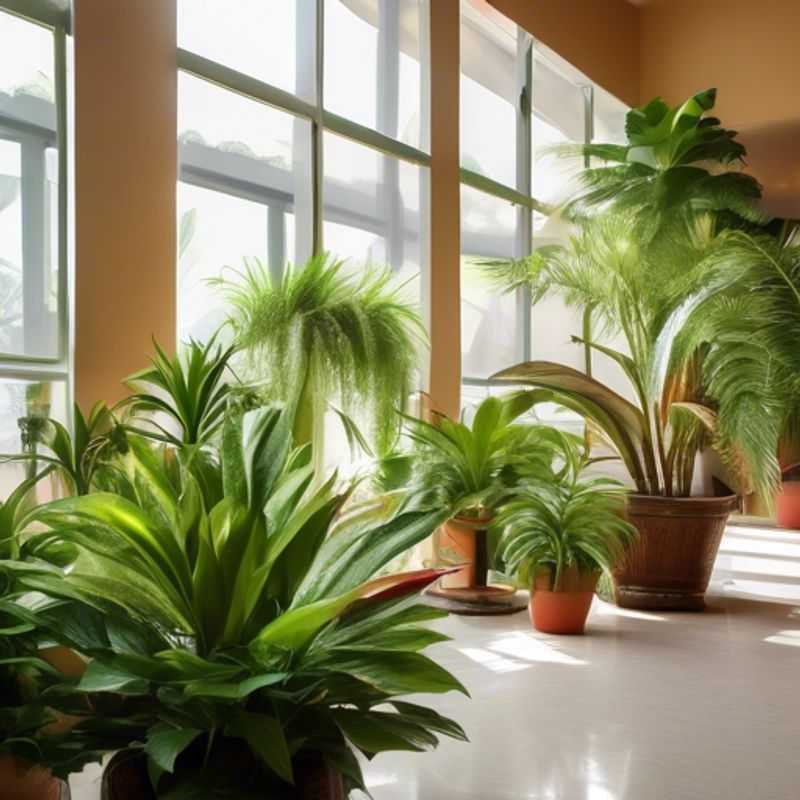
Sunlight and Humidity: Factors to Consider for Your Room's Comfort
When it comes to plants, light and humidity are two of the most crucial elements for their well-being. They impact how your plants grow, their overall health, and even their appearance. It's like giving your plants the perfect environment to thrive in!
Sunlight is the primary source of energy for plants, allowing them to carry out photosynthesis and produce food. The amount of sunlight a plant needs depends on its specific species. Some plants, like succulents, thrive in bright, direct sunlight, while others, like ferns, prefer shady conditions. Understanding the light requirements of your plants is key to their success.
Humidity refers to the amount of moisture in the air. Plants require different levels of humidity to flourish. Some plants, like orchids and ferns, thrive in humid environments, while others, like cacti and succulents, prefer drier conditions. You can adjust humidity levels through watering, misting, or using humidifiers.
By considering both light and humidity, you can create the ideal environment for your plants to thrive. This can involve placing them in the right location, adjusting watering schedules, or using specific tools to control humidity levels.
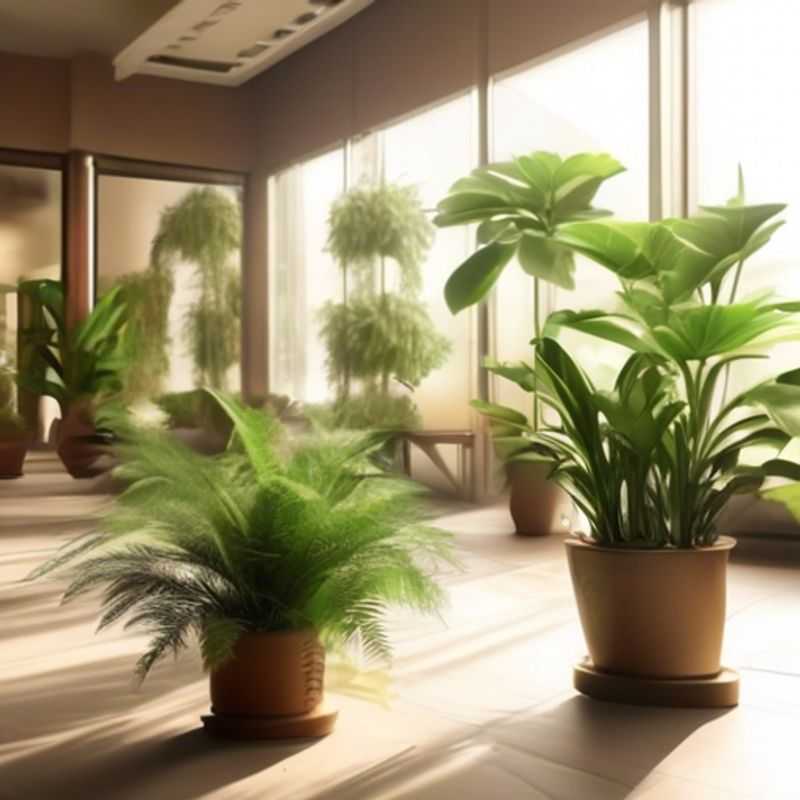
Low-Maintenance Green Thumb: Easy-Care Plants for Busy Lives
Choosing low-maintenance plants like succulents or snake plants can be a great way to add greenery to your space without the hassle. These plants thrive in diverse conditions, making them ideal for beginners or those with busy lifestyles.
Succulents, with their thick, fleshy leaves, are known for their drought tolerance. They require minimal watering, typically only needing a thorough soak every few weeks, and can handle periods of neglect. Popular varieties include Echeveria, Sedum, and Aloe vera. These plants also come in a wide range of colors and shapes, adding visual appeal to any space.
Snake plants, also known as Sansevieria trifasciata, are incredibly resilient and can withstand low light conditions, making them perfect for offices or rooms with limited natural light. They only need watering once a month or less, and their upright, sword-like leaves add a unique architectural touch to any environment.
When selecting your low-maintenance plants, it's important to consider their specific needs. While succulents and snake plants are generally low-maintenance, they still require some care, such as occasional fertilizing and repotting as they grow. Remember to research the specific plant you choose to ensure you provide the optimal conditions for its growth.
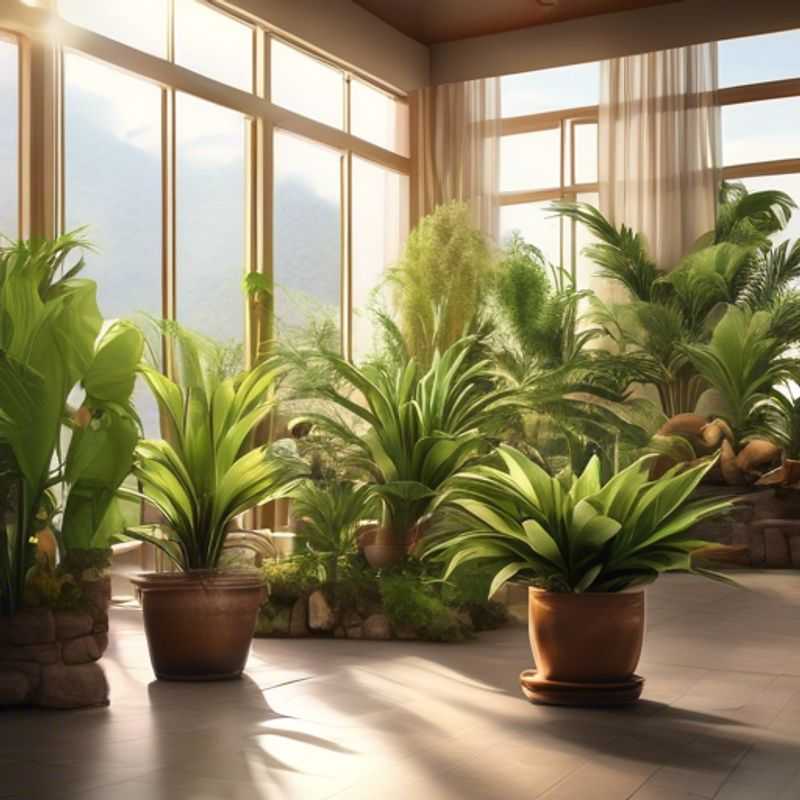
The Right Mix: Potting Soil and Drainage for Happy Plants
When choosing potting soil, consider the needs of your specific plants. Different plants have different requirements for drainage, aeration, and nutrient content. Look for a soil labeled for the type of plant you are growing. For instance, cacti and succulents require well-draining soil, while ferns and orchids prefer a more moisture-retentive soil.
Drainage is crucial for plant health. Excess water can lead to root rot and other problems. Ensure the pot has drainage holes to allow excess water to escape. Consider using a pot with a drainage saucer to catch excess water and prevent waterlogging. You can also add a layer of gravel or pebbles at the bottom of the pot for better drainage. It's important to choose the correct sized pot for the plant, as this will greatly impact the plant's drainage.
Potting soil is a relatively inexpensive investment, usually priced between $5 to $20 per bag depending on size and type. You may need to purchase multiple bags to ensure you have enough soil for all your plants. You may also need to purchase additional drainage materials like pebbles or gravel.
Potting soil and drainage are fundamental aspects of plant care. By ensuring your plants have the proper potting soil and drainage, you can promote healthy growth and prevent common plant problems. Remember to choose the right soil for your plants and ensure proper drainage to keep your plants thriving.
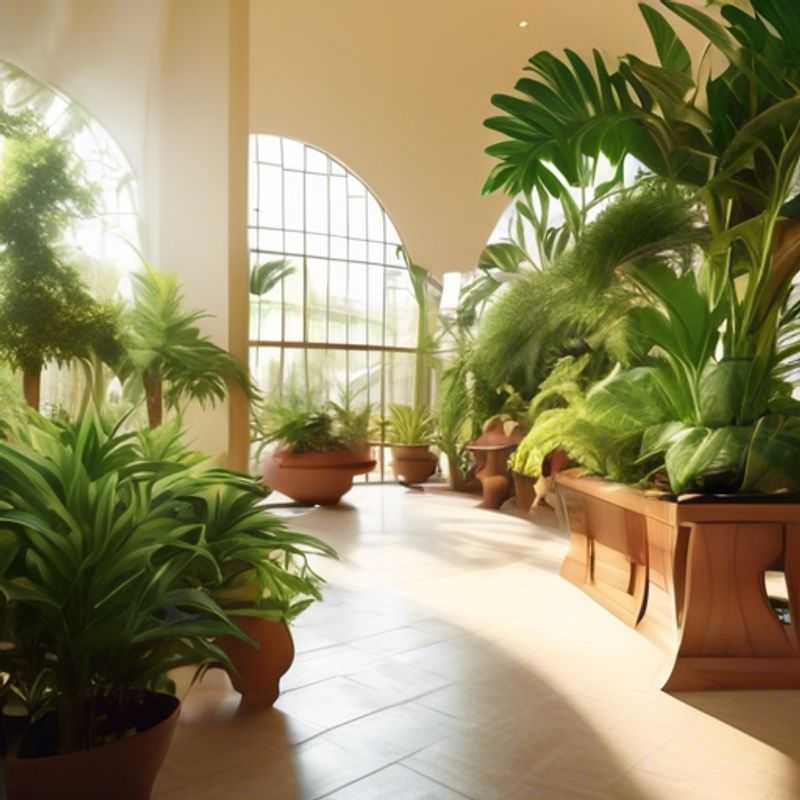
Keep Your Indoor Plants Thriving: A Guide to Understanding Watering Needs
Understanding the watering needs of different indoor plant varieties is crucial for their health and longevity. Each plant species has unique requirements based on factors such as species, size, and environmental conditions. For example, succulents and cacti require less frequent watering compared to tropical plants like ferns or peace lilies, which prefer consistently moist soil. It's essential to consider the potting medium as well, as some retain moisture better than others.
When researching, keep in mind that the season can also affect watering needs; plants often require less water in the winter than in the summer. Additionally, factors like humidity and light exposure play significant roles in determining how often you should water your plants. Using tools like a moisture meter can help gauge soil moisture levels accurately.
In terms of estimating a plan for watering needs research, consider the potential costs associated with purchasing tools (like moisture meters), plant care guides, or even consultations with horticulturists if necessary. Investing in quality resources can save you time and ensure the well-being of your indoor plants.
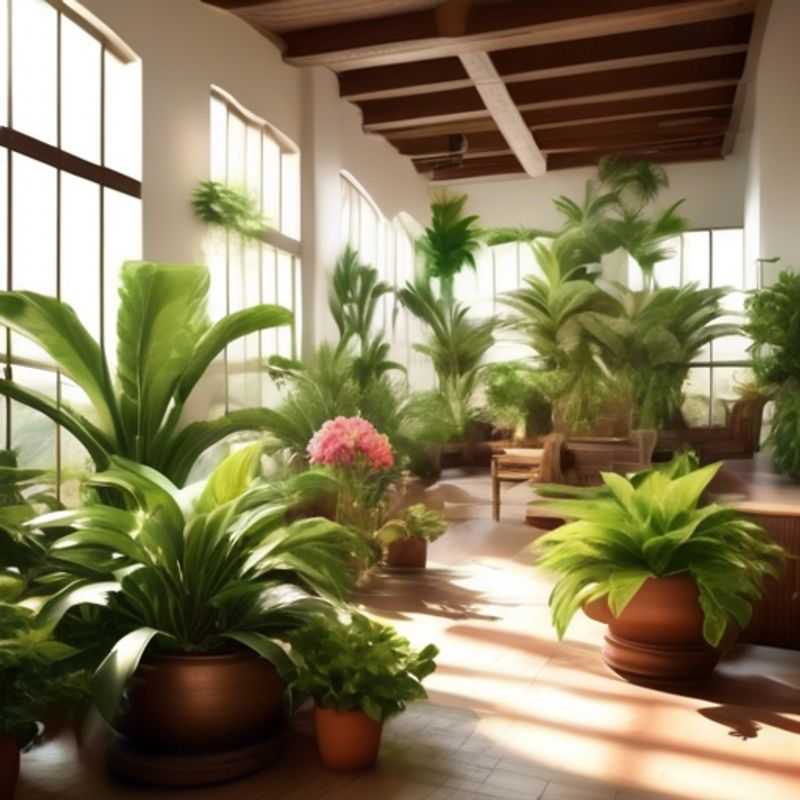
Choosing the Right Plant: Size Matters (and So Does Space)
When choosing a plant, consider its mature size and the space you have available. A plant that's too large for its pot or location can lead to problems with growth and health. Measure the area where you'll be placing the plant and research its mature height and spread. This helps you select a plant that will thrive in your space and avoid overcrowding.
For example, a small apartment might not be suitable for a large, spreading tree. A compact, low-growing variety might be a better choice. Similarly, a small pot won't accommodate a large root system. Consider repotting your plant into a larger container as it grows to provide enough space for healthy development.
Don't forget about overhead clearance! Tall plants require ample headroom. If you have limited space, opt for a compact or vining variety that grows upward rather than outward.
Think about your furniture placement. Large plants can block walkways or create a crowded feeling. Plan your space around your chosen plant to ensure it fits comfortably without obstructing traffic flow. Also, ensure there's enough sunlight available for the plant to thrive. If your space is limited, choose a plant that tolerates low light conditions.
By taking these factors into account, you can select a plant that's a perfect fit for your home and lifestyle. For more detailed information on plant sizes and specific needs, consult online resources or contact a local nursery.
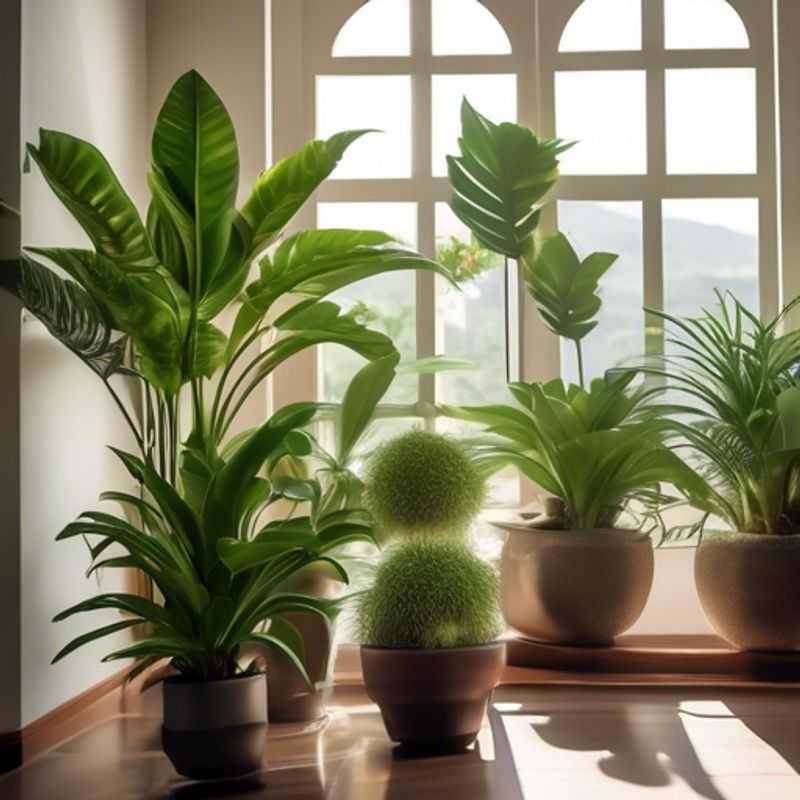
Repotting & Propagating Indoor Plants: A Guide to Green Thumb Success
Repotting your indoor plants is essential for their health and growth. Choose a pot that's just slightly larger than the current one, and use a well-draining potting mix. Carefully remove the plant from its current pot and loosen the roots gently. Place the plant in the new pot, add potting mix, and water thoroughly.
Propagation allows you to create new plants from existing ones. There are several methods, including cuttings, division, and seeds. Cuttings involve taking a stem or leaf and rooting it in water or soil. Division separates a plant's root ball into multiple plants. Seeds need to be planted in a suitable medium and kept moist.
Consider the type of plant and its specific needs when repotting or propagating. Some plants prefer certain soil types or require more or less sunlight. Be patient and observe your plants, as they will adapt to their new surroundings over time.
